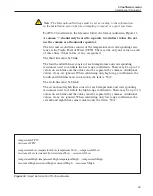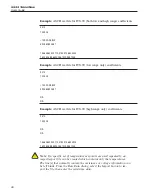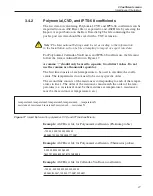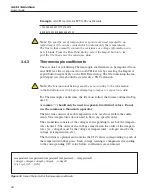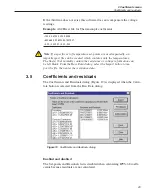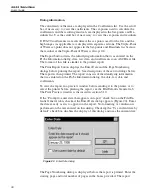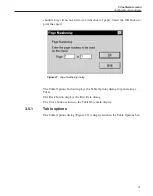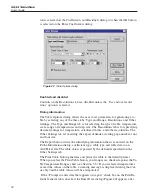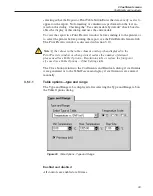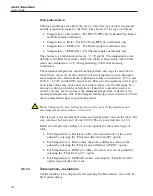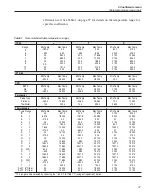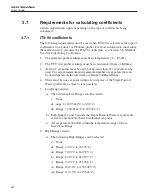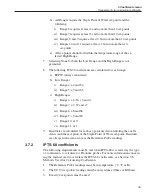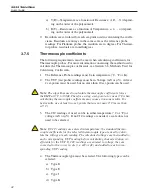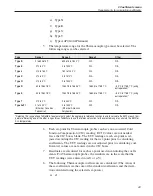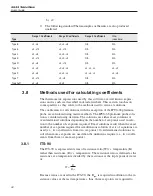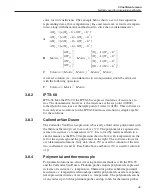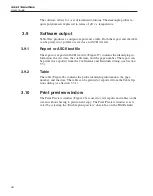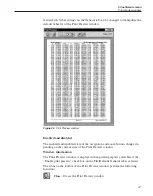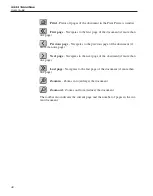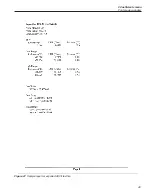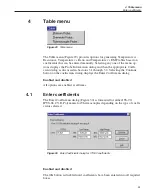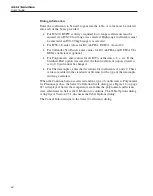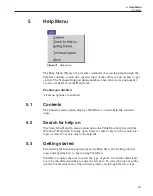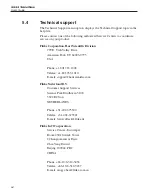
b) All Ranges require the Triple Point of Water set-point and the
following:
i)
Range 6 requires at least 4 and no more than 10 set-points.
ii) Range 7 requires at least 3 and no more than 10 set-points.
iii) Ranges 8 and 9 require at least 2 but no more than 10 set-points.
iv) Ranges 10 and 11 require at least 1 but no more than 10
set-points.
c) All set-points should fall within the temperature range of the se-
lected High Range.
7.
Selecting None for both the Low Range and the High Range is not
permitted.
8.
The following ITS-90 coefficients are calculated for each range:
a) RTPW (always calculated)
b) Low Ranges
i)
Range 4: a4 and b4
ii) Range 5: a5 and b5
c) High Ranges
i)
Range 6: a6, b6, c6 and d
ii) Range 7: a7, b7 and c7
iii) Range 8: a8 and b8
iv) Range 9: a9 and b9
v)
Range 10: a10
vi) Range 11: a11
9.
Residuals are calculated for each set-point used in calculating the coeffi-
cients with the exception of the Triple Point of Water set-point. Residuals
are always in the same scale as the Reference Probe readings.
3.7.2
IPTS-68 coefficients
The following requirements must be met when IPTS-68 is selected as the type
of coefficients to calculate for Platinum probes. For more information concern-
ing the method used to calculate the IPTS-68 coefficients, see Section 3.8,
Methods Used for Calculating Coefficients.
1.
The Reference Probe readings must be in temperature (°C, °F or K).
2.
The UUT (test probe) readings must be in resistance (Ohms or KOhms).
3.
Exactly 4 set-points must be used:
39
3 Coefficients menu
Requirements for calculating coefficients

